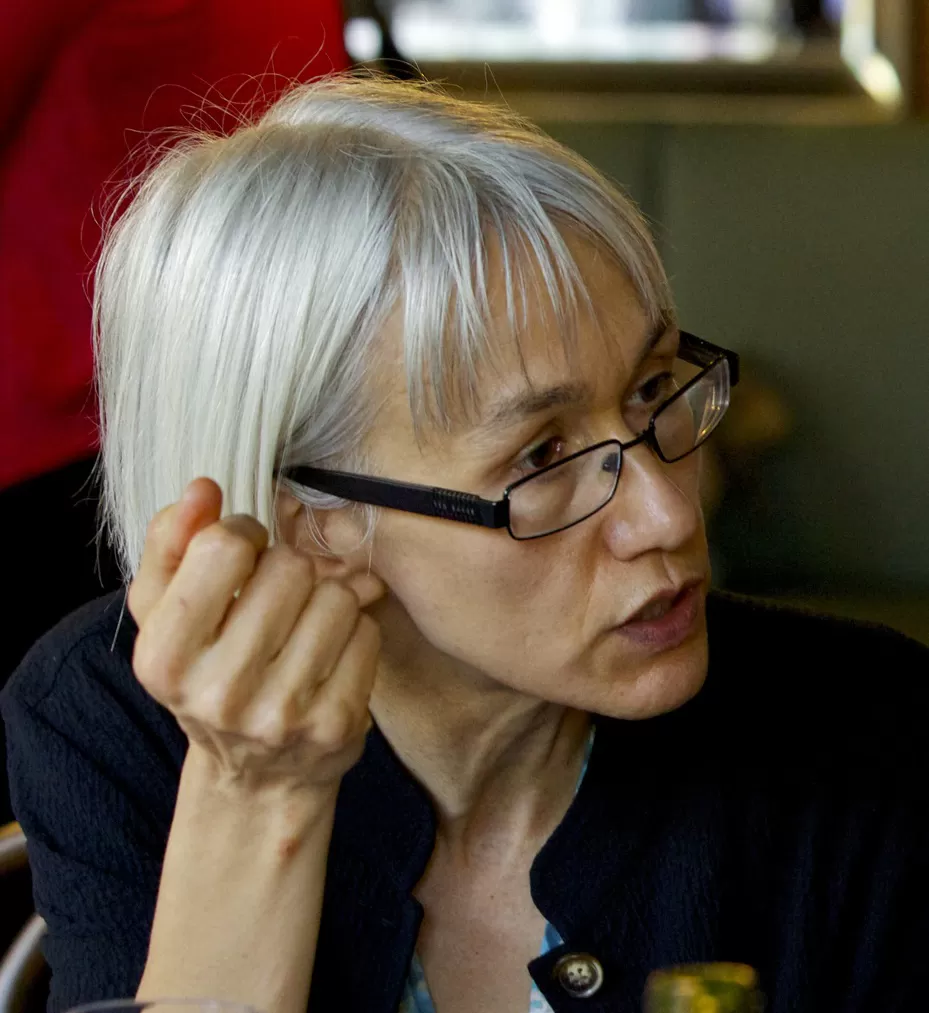Trained in planning and architecture, Ann Forsyth is a professor of urban planning at the Harvard Graduate School of Design. From 2007-2012 she was a professor of city and regional planning at Cornell. She taught previously at at the University of Minnesota, directing the Metropolitan Design Center (2002-2007), Harvard (1999-2002), and the University of Massachusetts (1993-1999) where she was co-director of a small community design center, the Urban Places Project. She has held short-term positions at Columbia, Macquarie, and Sydney Universities. Ann Forsyth’s work focuses on the social aspects of physical planning and urban development. The big question behind her research and practice is how to make cities more sustainable and healthy. Forsyth’s contributions have been to analyze the success of planned alternatives to sprawl, particularly exploring the tensions between social and ecological values in urban design. Several issues prove to be the most difficult to deal with in planning better places and provide a focus for some of her more detailed investigations: suburban design more generally (sense of place, overall layout) and other aspects of healthy places (walkability, social diversity, housing, green space, food). Forsyth received her B.Sc. in Architecture from the University of Sydney, an M.A. in Urban Planning from UCLA, and a Ph.D. in City and Regional Planning from Cornell.
Managing Up: Your Thesis or Project Committee as a Trial Run for the World of Work in Planning
<p class="MsoNormal"> Completing any type of academic exit project in planning school requires more than writing a proposal and executing it. It also involves assembling and then managing a committee. “Managing up” involves working with your committee to achieve what is important to you while also doing what they see as essential. It is a vital part of the exit project and terrific preparation for later life. Those who don’t learn to manage up are doomed to frustration. They likely will spend extra time making revisions that could have been avoided. Even those who are skipping the thesis in favor of a group capstone workshop or studio will need some skills in managing faculty advisors. </p>
Common Problems with Proposals for the Exit Project or Thesis in Planning
<p style="margin-bottom: 12pt" class="MsoNormal"> In <a href="/29520" target="_blank">January</a> I explored what kind of exit paper or project students of planning should prepare, why they should write such papers, and when. This month I turn to the proposal, examining key issues any proposal writer needs to consider. As I outline below, the parts of the proposal are fairly standard. However, three areas typically trip up students working on exit projects: identifying the audience(s), framing the question, and reviewing the literature. </p>
Getting Started on an Exit Project or Thesis in Planning
<p class="MsoNormal">My December <a href="/node/29121" target="_blank">blog</a> dealt with key problems faced by those heading for an end-of-school-year graduation—completing a proposal, choosing methods, starting to write, and dealing with formatting. This month I step back and ask some bigger questions: what kind of exit paper or project you should prepare, why, and when?</p>
Resolving to Graduate on Time: Troubleshooting Your Urban Planning Exit Project or Thesis
<p class="MsoNormal"> For students facing the end of their masters programs, an individual exit project, paper, or thesis is often part of the final semester. Over the years I’ve watched many very competent students struggle with this process and delay graduation for years because they could not complete their thesis or project “book”. Over the following months I am going to focus on the various parts of the process of writing these documents—from literature reviews and research questions to time management and creating informative illustrations. To help those currently near the end, in this entry I focus on key trouble spots for those a few months from graduation. </p>
Finding Planning Scholarship for Free: Articles with Open Access or Partly-Open Access
<style> <!-- ul li {margin-bottom: 10px;} --> </style> <p>Online versions of journals have made quick inroads at universities. However, subscriptions are expensive and those outside universities seldom have access. A new generation of open access journals is making planning research accessible beyond the campus. </p> <p>Some examples illustrate the range of material now available. Some are fully accessible and some are partially open to non-subscribers:</p>

























